No Results Found
The page you requested could not be found. Try refining your search, or use the navigation above to locate the post.

In place of a call from a customer for servicing or repairs – an automatic, detailed notification from the machine itself. Manual updating? Not any more: inventory changes reflect on their own, in real time. Diagnosis by a technician? How about machines that self-diagnose.
This is field service enabled by the Internet of Things futuristic, but it’s far from it. In fact, more and more organisations are beginning to adopt IoT technologies. The results are enhanced efficiency, lowered costs and the one-touch approach to business more and more customers are coming to expect.
As early as 2015, Kevin Ashton, who founded the Auto-ID Center at the Massachusetts Institute of Technology, noted at a European customer service conference that field service management was the first industry being transformed by IoT. In fact, IoT is considered by many to trace its origins precisely to field service applications.
So, what are the benefits of embedding IoT technology in a field service business? Here is some food for thought.

Your customers aren’t mechanical experts. Nor should they be. However, when something goes wrong, your customer isn’t always able to provide a clear description of the problem, or what needs to be done.
The result: delays and frustration, technicians dispatched with the wrong parts, or no need for a dispatch at all.
With IoT, however, issues are instantly clear – because reports are generated automatically by intelligent software. This means problems can be isolated instantly and addressed efficiently.
Consider the following scenario. A customer phones in because a piece of equipment has stopped working. He says that a certain part is definitely to blame. A technician is dispatched, carrying just that part. After arriving, it becomes clear that the problem lies elsewhere. Another component is needed – one the company doesn’t happen to have in stock. The customer becomes frustrated – he’s losing business every moment the machine is out of service. The technician is in an awkward position too – the best she can do is return with the right part in a few days’ time. In the interim, the customer has sought the help of a competitor.
With IoT-enabled devices, this situation never need arise.

Consider a twist on the above scenario. Ever run out of a part you could have sworn was in stock? Ever promised a customer a fix using just that part? With IoT-connected devices, this problem becomes a thing of the past, because the system sends out a signal when new parts should be ordered.
Moreover, technicians can get a view of company inventory instantly, even if they’re in the field. The result is an end to well-meaning but empty promises. It also means companies never over or under order, optimising warehousing.

IoT devices understand themselves. Meaning? They can self-diagnose, and report on their performance. By isolating specific faulty components and monitoring overall system operation, AI gets to work locating the root cause of issues being experienced.
The result is a reduced need for in-person visits by a technician, saving time and money. It also means that when a technician does need to be dispatched, the right part is always in-hand.
For many, the capabilities of IoT-enabled devices still seem a little futuristic. Moreover, a business-as-usual mindset may lead to a reluctance to change. In the unlikely event that a company has a total monopoly on the market, it’s true – there’s no need to change, as customers simply have to use that firm’s services, no matter the quality.
However, for most businesses, steep competition is a reality. Meaning: companies are always looking for ways to do things faster, better and more cheaply and turn to the providers best able to meet their needs. And if there isn’t a competitor yet, new technology is making it easier for companies to enter new markets – and quickly.
Many companies quick to adopt the new digital capabilities that began to emerge in the early 2000s reaped the rewards. That opportunity for first-mover advantage is now playing out again. Field service companies that get on board with IoT-enabled tech today may be poised to stand out from the rest of the field in a big way.
Want to find out more? Have a look at an IoT-enabled field service solution that’s tailored for you.
The page you requested could not be found. Try refining your search, or use the navigation above to locate the post.
Discover More Stories

I’m reaching out – but leads aren’t reaching back. Is it my approach? Is there another way to connect better or more meaningfully from the get-go – one I haven’t thought of?
If this feels familiar, read on.
It’s been quick, but radical. The nature of the sales game has changed – profoundly.
Gone are the days in which cold calls – or emails – could be relied upon to get you the connections you need. In fact, selling through any ‘cold’ contact is becoming more and more difficult.
Today’s sales landscape is, more and more, about one thing – trust. And not only the kind of trust that is built up over years of working together, but up-front, just-starting-out trust. And the way to get that trust going is: through relationships.
Consider this: A warm referral is four times more likely to result in a sale than a cold call.1
This is the world of relationship selling. Let’s explore it in more detail.

This is a traditional step – and still necessary. However, it’s being remade through modern CRM solutions.
With LinkedIn integration and machine learning capabilities, it’s possible to not only quickly identify who matters most, but who is most likely to buy, and how you can leverage your connections (or your colleagues’) for a warm introduction.
Then, once you’ve got a foot in the door, it becomes possible to make the most of that new connection: to find other meaningful contacts at the same company – and elsewhere, too.

We’re all inundated with digital messaging every day. In this hyper-saturated space, the only way to stand out is through relevance. By understanding a potential customer’s unique pain points and challenges – and offering them a tailored solution – you show interest and build trust.
One way to do this? Keep track of what your connections share on LinkedIn and the discussions they participate in. Have they shared particular news articles? Commented on trends? With insight into this, you’re far better to understand their specific wants and needs.
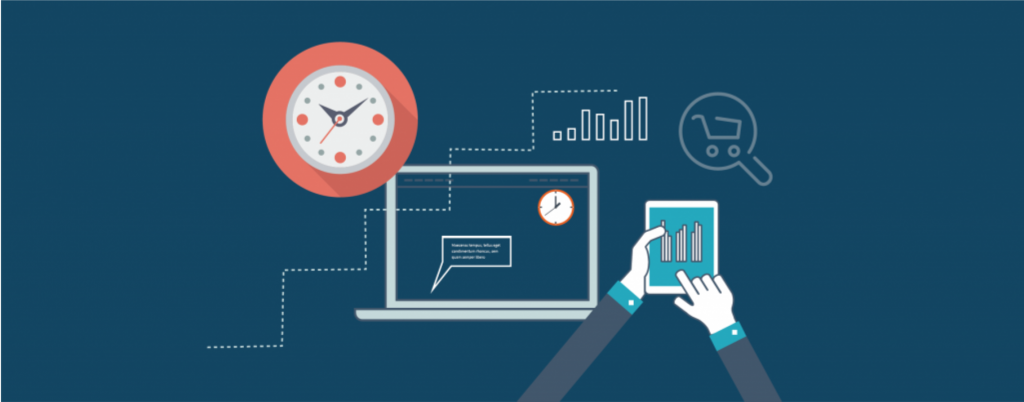
Contact a prospect or current customer when they’re overburdened with other things? At best, you’ll get silence. At worst, you’ll hurt the relationship, adding just one more pressure they need to deal with. You can leave the approach to chance or intuition, or you can get data-savvy.
How? By evaluating the health of your relationship, based on transactions, sentiment, social network messages, emails and the frequency and level of those interactions.
Predictive analytics allows you to identify not only where new business opportunities lie and which accounts to reach out to, but where potential risks for each account may lurk.

Managing many accounts – and doing it well – is tricky. Some people you interact with all the time. Others go quiet, only to make contact at an unexpected time.
When a customer feels they’ve caught you off guard or that you’re not ready to help just when they need it can mean a relationship red flag.
However, by keeping content ready to go when your customers are, you emphasise your interest and commitment. Moreover – you’re now able to tell when someone interacts with your content or if it’s been shared with other decision-makers, adding new leads to your book.
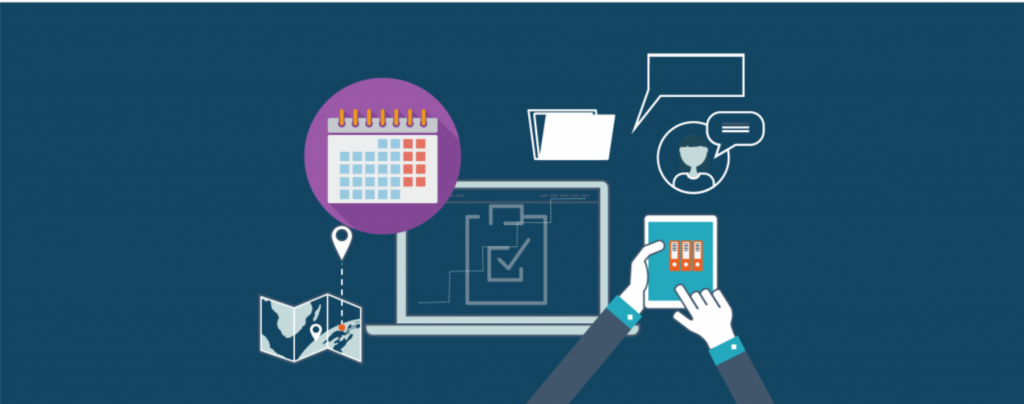
It’s easy to lose focus – or to focus on the wrong client, at the wrong time. Trying to keep track of where every customer is in the buying process is impossible without a top-down, data-driven view.
Wading through emails and correspondence doesn’t work. And it saps time. However, it’s possible to easily prioritise tasks and opportunities with the right technology. Need some guidance as to what to do next? With machine learning and analytics, that’s possible, too.
Relationship selling is remaking everything – from how connections are formed and nurtured to how they’re grown and leveraged.
Today’s always-on world of business means that impersonal, untailored contact is ignored more and more – it simply forms part of the mass of unasked-for communication we’re all faced with each day.
The solution: trust.
By leveraging your existing connections, you move from a cold caller to a known caller. Moreover, with better insight into potential customers’ pain points and needs, you’re not only
At every stage of the sales process, relationship building is coming to take centre stage.
To find out more about how you can embrace relationship selling in your sales process, check out our Microsoft sales solution.
1 http://www.nielsen.com/us/en/press-room/2015/recommendations-from-friends-remain-most-credible-form-of-advertising.html
The page you requested could not be found. Try refining your search, or use the navigation above to locate the post.
Discover More Stories

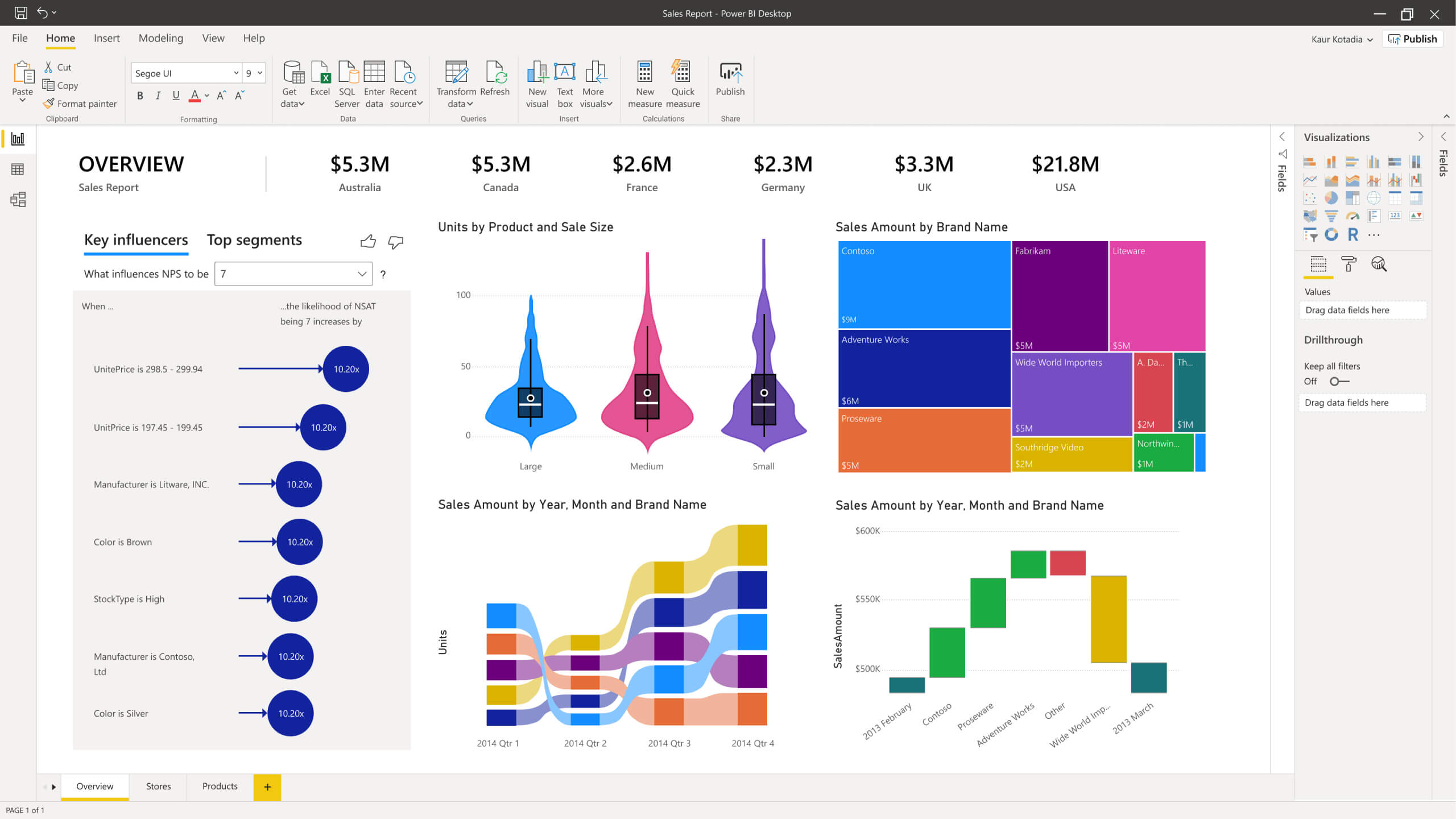
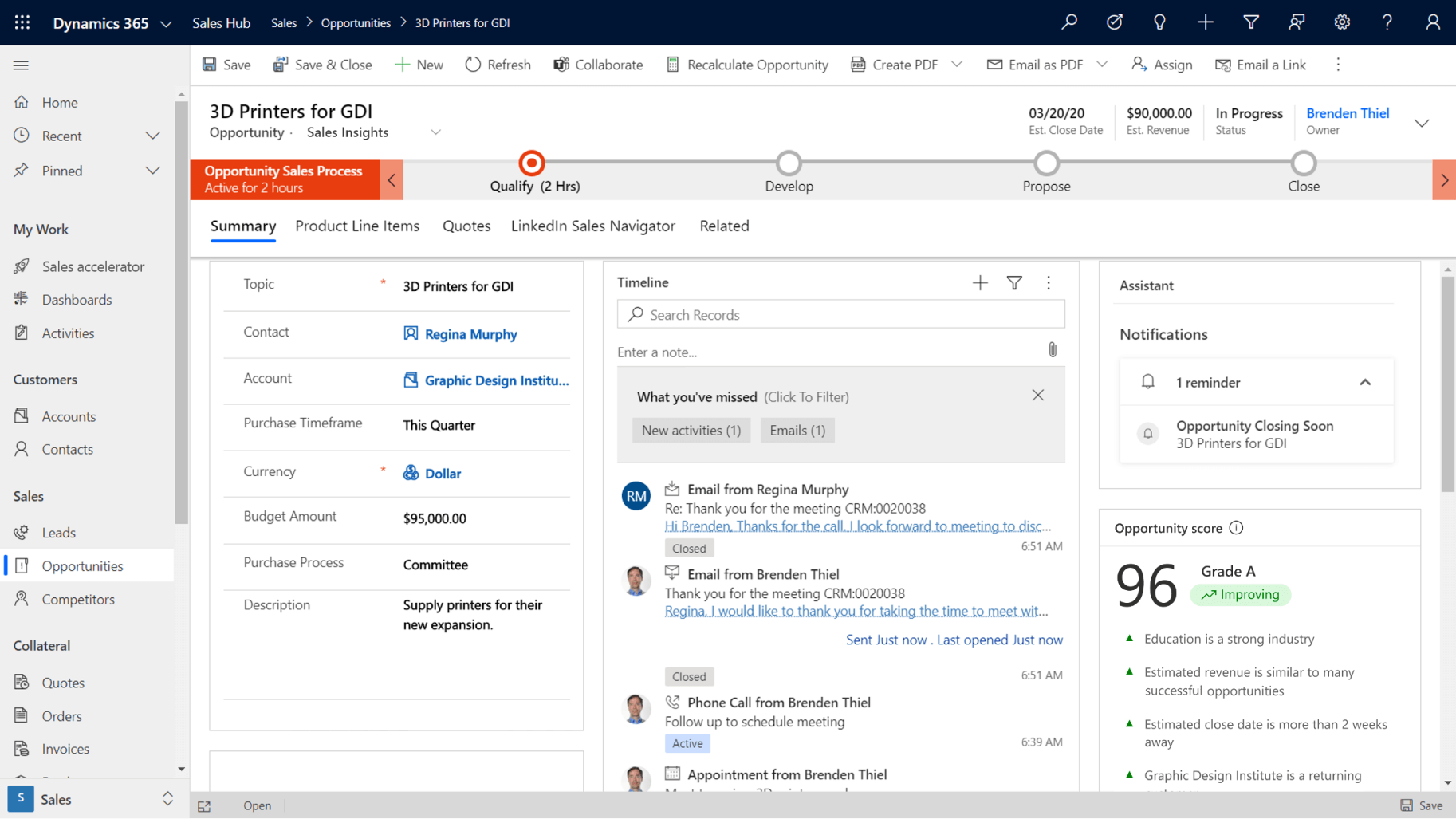
When you’re able to track your sales opportunities and keep a close eye on your pipeline, you always know when to take action to accelerate certain deals. Dashboards can provide a complete view of sales performance, allowing you to monitor close rates and see how your sales team are tracking towards their individual targets.
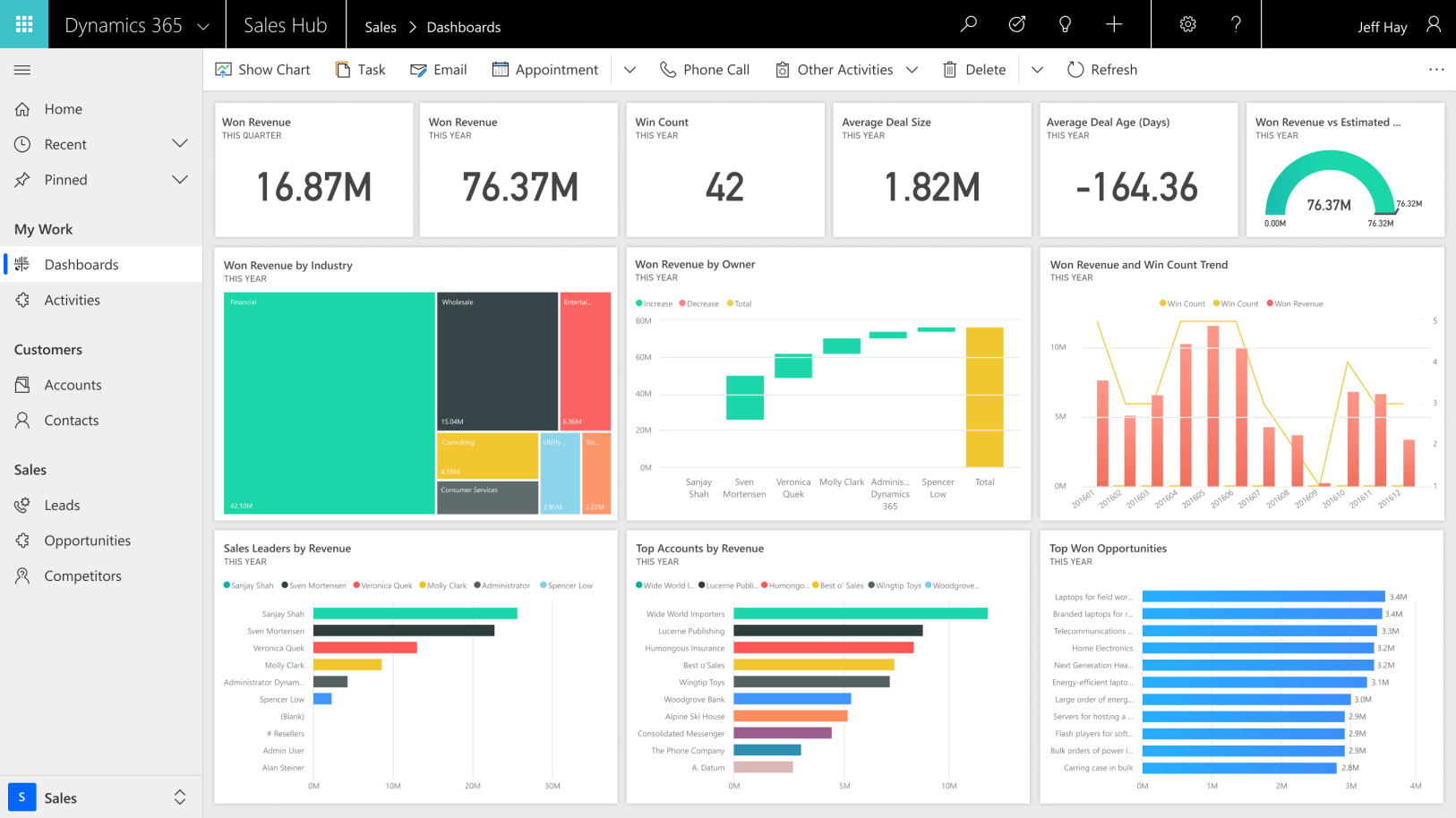
Admin saps critical time that could be spent on selling. By streamlining the back office, you free up time and resources that could be far better spent. The right tools allow emails, phone calls and appointments to be tracked at the click of a button. Customers and prospects can also be kept in the loop, with updates made from any device.
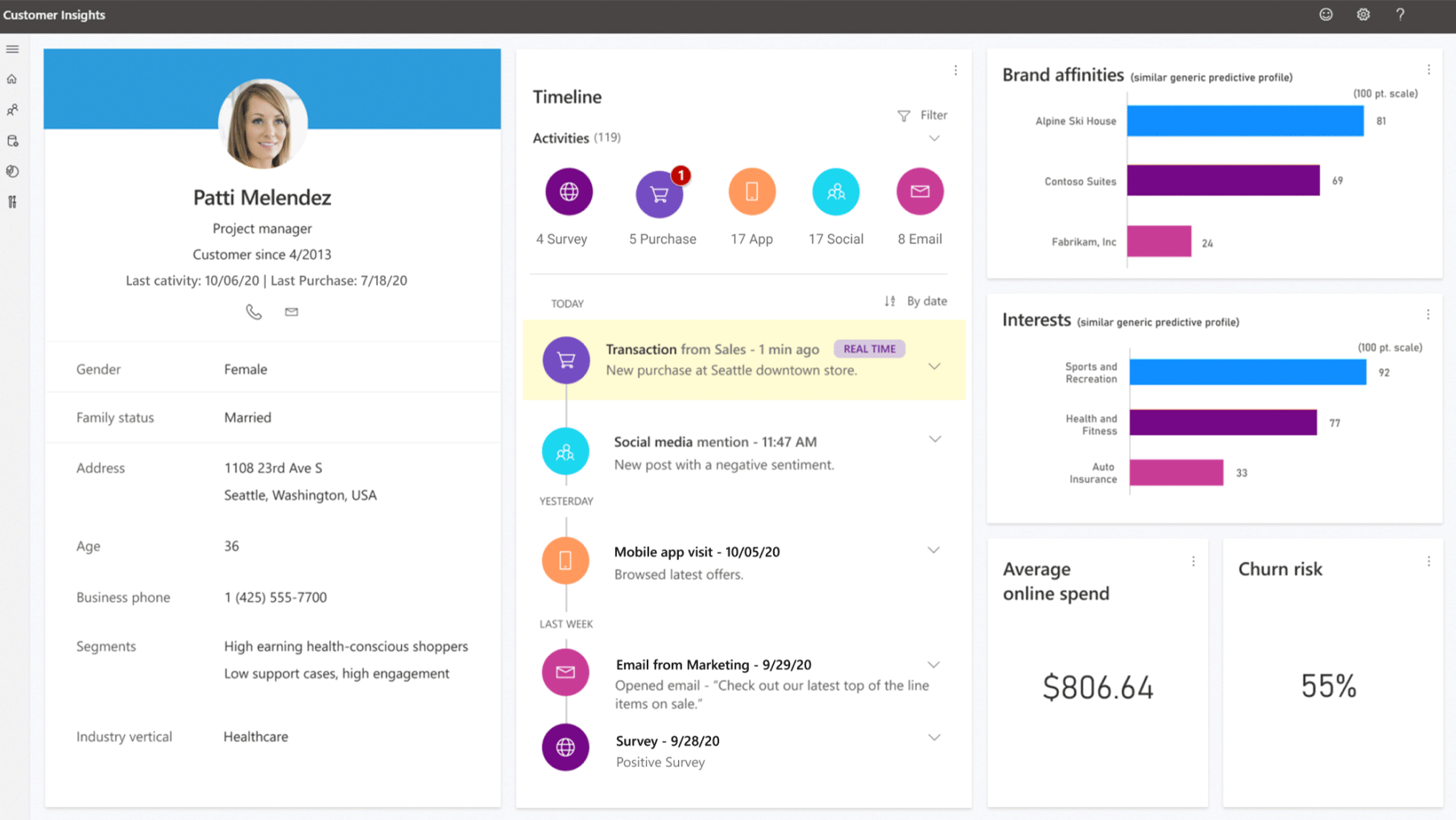
Personalisation is everything. In fact, customers have come to expect tailored interactions. With the right tools, even complex account hierarchies can be displayed in a single, simple graphic. Customer information can be shown with a history of every interaction. This allows salespeople to really connect with clients. Tailoring gets a further boost when you’re able to send targeted marketing information and shape interactions around your customers’ specific needs.

Forgetting files at the office becomes a thing of the past with mobile sales solutions. All your customer data is at your fingertips – on your phone, tablet or laptop. Better yet, new data can be automatically synced across all team members’ devices, ensuring everyone is always working with the latest information – whether you have internet access or not. Then there’s the final benefit: productivity goes up when you can work from anywhere.

When you understand your customers, you can build stronger relationships. By analysing sales data, you can learn how your customers act, turning data into key insights. Then, you can move from the big picture to the finer detail. By drilling down into underlying reports, you can see the impact of your sales efforts first hand. The ability to generate reports on salespeople, contacts or accounts on-demand can drastically reduce managerial headaches.
So – now you’ve got the low-down, here are two final pieces of the puzzle. First, your customers are often way ahead of you. Statistics show that customers are 57% of the way through the buying process before they even start talking to a supplier [1]. That means that to be – and stay – relevant, you need as much information as you can going into the sale. That information needs to be easy to understand and available at the touch of a button. Second, by increasing the time you spend on the sales process itself, you can leapfrog your competitors. According to the numbers, reps spend more than 67% of their time on non-selling activities [2]. With tools such as LinkedIn Sales Navigator and Microsoft Dynamics 365 for Sales, you can not only up the time you can spend talking to or meeting with customers, but better understand the market you’re operating in. This means the ability to offer your customers reactive, personalised service. All of the above combined can mean that critical edge over the competition.
The page you requested could not be found. Try refining your search, or use the navigation above to locate the post.
Discover More Stories

The sales and marketing funnel is all about conversion. Curious prospective buyers enter at the top and happy customers exit at the bottom.
But what happens when your funnel looks more like a sieve?
By certain estimates, as many as 8 out of 10 marketing leads fail to convert. Other stats focus on buyers’ readiness. By some calculations, only half of the leads are ready to buy.
However, by simply implementing a few intelligent, tried-and-trusted tools and techniques, it’s possible to:
Which is exactly what today’s leading companies are doing with nurture campaigns.
From generic to genius
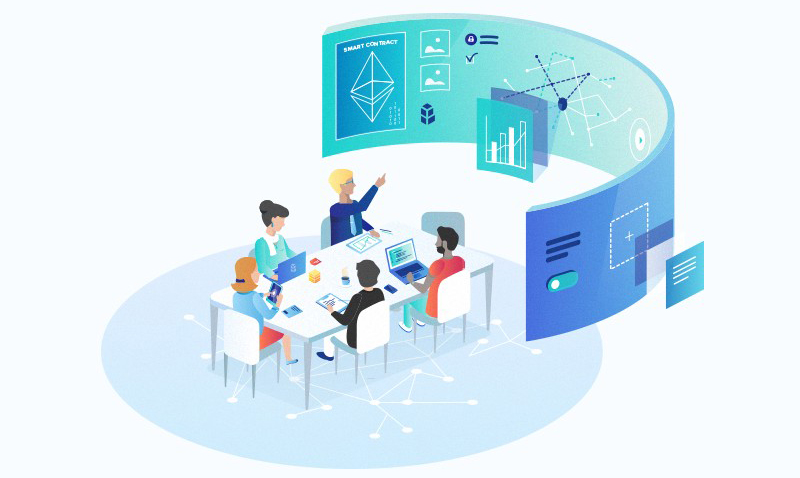
It’s the age of the individual. Today’s customers won’t settle for generic content and messaging. They want to be met on their own terms. They want to know their custom is valued. They want to be treated as an individual. To have their unique tastes and preferences catered to.
More than this, they want to feel that the company whose products or services they’re buying is engaged and aware of how they want to be treated.
It’s a reciprocal relationship. And it’s the foundation of long-term business and repeat customers.
Building that kind of relationship takes time. It involves creating awareness. It centres on emphasising knowledge and expertise. It hinges on openness to answering questions and dispelling lingering doubts. Finally, it’s about onboarding new, quality customers likely to buy again and again.
Why you need to nurture – hint: it’s about connection

Every day, each of us is swamped with messages from companies trying to catch our attention.
Hey you, buy this!
What about you, sir? Madam? Look at this amazing product!
How can you imagine life without Product X? Product X will change everything!
What happens when we’re exposed to something over and over? Our brains begin to screen it out, so we can focus on other (more important) things.
Think about the way you stop noticing the background noise in a restaurant, so you can listen to the conversation at your own table. Or the way you forget about your breathing – until someone reminds you about it, that is.
Here’s the thing: every day, consumers are subject to the same marketing background noise. And after a while, it’s all the same, over and over, so people just filter it out.
From Noise to ‘Notice Me!’
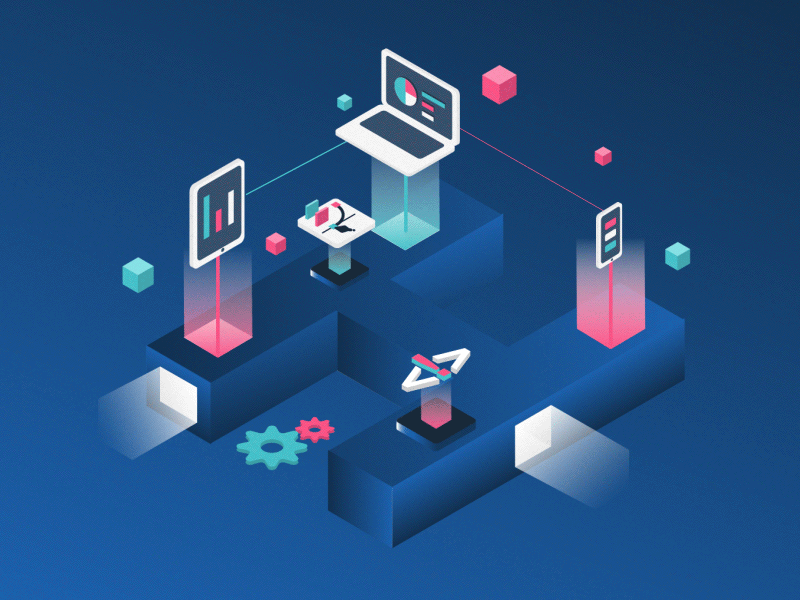
Is there a way to craft a message that’s listened to? To be the single voice customers hear above the marketing noise?
The answer simple. Yes.
How?
Enter the nurture campaign.
It’s a journey, not a pit stop
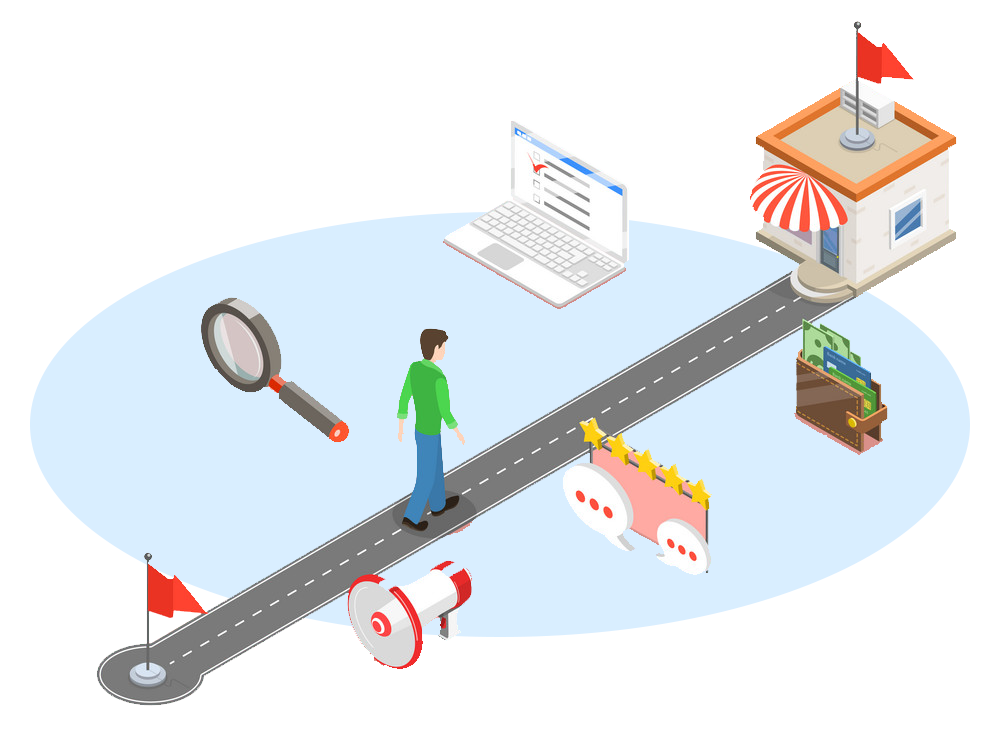
Unlike regular, once-off marketing campaigns, nurture campaigns are repeated exposures to your company and its products/services.
From establishing thought leadership to introducing positioning, the aim of a nurture campaign is to help a prospect evolve from an explorer or discoverer of company and its capabilities to a decider and finally – a buyer.
The best lead nurturing campaigns ensure that as many qualified prospects as possible end up as buyers.
How? By keeping prospective customers interested and engaged. By avoiding information overload. By making sure marketing messages are highly personalised – tailored not only to who the prospect is, but where they are in their buying journey.
How the right CRM system helps companies build amazing nurture campaigns

It all starts with prospecting and the lead. From there, it’s about qualifying and – when a buyer begins to get warm – accelerating their journey. Email and content marketing are the cornerstones, but keeping it personal is the key. Moreover, focusing efforts where they’ll yield the most returns – with intelligent lead scoring – is what it’s all about. Then there’s getting the timing just perfect – approaching prospects at a time that they’re most receptive.
The key to unlocking these capabilities is using the right technology. Managing an effective lead nurturing programme – on a massive scale – requires the right data and the right systems. Automation is critical. As is intelligence.
Dynamics 365 delivers all this and more. Find about more by seeing how our marketing solutions enable incredible, personalised lead nurturing.
The page you requested could not be found. Try refining your search, or use the navigation above to locate the post.
Discover More Stories
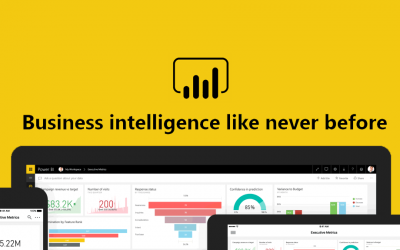
When forecasting – for the month, quarter or year – accuracy is everything. Boards, company management and shareholders all expect solid, reliable numbers. They’re a guide to how well the company knows itself – and how dependable its pipeline is.
At the same time, below-par projections leave no one smiling. Submit a less-than-fantastic forecast and you’ll need to explain those lacklustre numbers.
Particularly for publicly traded companies, accuracy and impressive projections are the key one-two punch. When a public company’s actuals fall even a couple of percentage points short of predictions, analysts begin to penalise, shareholders start to doubt and boards begin to grumble.
Exceeding expectations?
Of course, historic sales figures are an unavoidable benchmark. That one massive high will forever be remembered. Past performance doesn’t guarantee future returns – but it certainly sets an expectation.
However, boards and managers begin to lose trust when forecasts are consistently overstated. At the same time, understated forecasts imply a happy surprise – but a surprise nonetheless. In business, certainty rules the roost.
How do you deliver? With CRM.
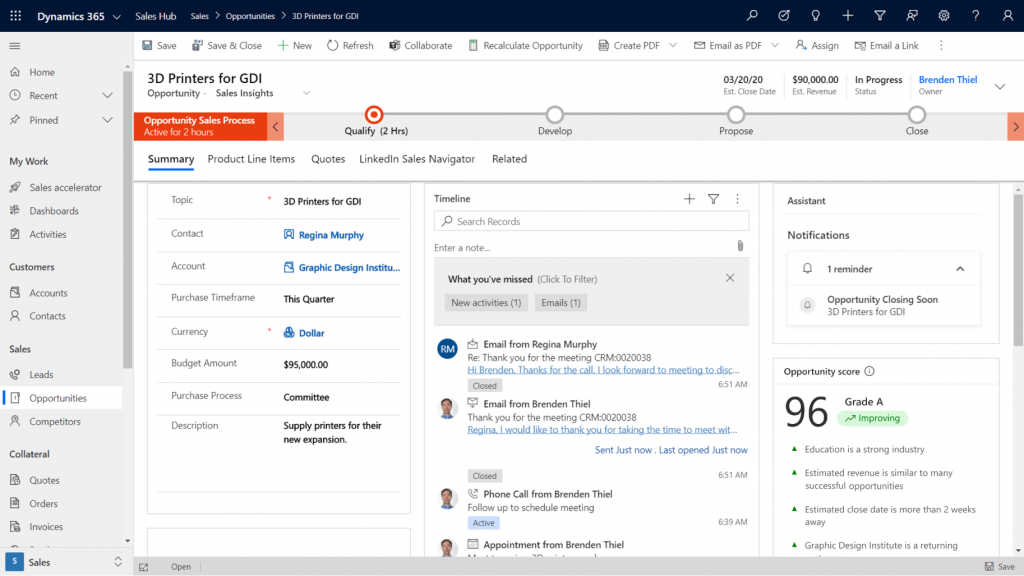
A great CRM solution makes sales forecasting easy and accurate. Gone is the guesswork. And gone are the sweaty palms that come with uncertainty.
More than this, by allowing a company to engage meaningfully and personally with customers, it’s easier to build strong client relationships with CRM. The upshot? Selling becomes easier – and sales more predictable.
At the end of the day, forecasts are not only more reliable, they’re more impressive too.
The Fantastic Forecast – Here’s how a CRM solution makes it a reality
Every moment of every day, managers need to know how sales are going. Are targets being met? Are salespeople performing at their best? Are deals in the pipeline coming to fruition – or are prospective buyers pulling out along the way?
With a good CRM, real-time analytics, critical sales information like this is available at the touch of a button. Moreover, with predictive insights, there’s a window into likely sales scenarios and deal outcomes.
Accurate as-of-right-now forecasts also allow managers to take action. By setting team goals, monitoring outcomes and providing real-time coaching, forecasts become part of an active feedback loop – they turn into a ‘live’ number. This puts an end to the black box effect. Effort in becomes measurable in results out. This equals not only stronger forecasts, but more control – and control is key for forecast accuracy.
CRM solutions give sales forecasts yet another boost. One that comes from data-based insights into how customers think. Great CRM solutions take huge volumes of information and distil it down into informative – and often surprising – insights.
How do your customers want to be engaged? Could the way you interact be more personalised? More relevant? By understanding how your customers think, and what they want, it becomes possible to better engage in future. The result: improved – and more predictable – conversion rates. Sales forecasting gets a boost on both fronts.
A final forecasting fire-up comes with speed. Fast analyses mean fast figures and fast answers. Needing to wait for the numbers slows down decisions – it may also cast doubt on them – forecasting that’s not automated is both prone to error and a major time-sapper. With at-a-glance dashboards and contextual charts providing instant insight, you boost precision, speed and trust.
No more subjectivity, no more stories
A sales director’s reputation can be made – or destroyed – by their forecasts. Often-wrong forecasts cast doubt on competence. Yet, it can be a real challenge to tease out hard reliable data from salespeoples’ subjective assessments of how things are going.
Forecast reviews often start with a story. A story about why a certain deal is a sure thing. About why another has started to fall through – inexplicably – but why the next one won’t. We’re all loaded with subjective biases. We often overestimate our abilities. We also misattribute causes and effects. Managers needing to put together an accurate team forecast out of all the subjective noise face a mammoth task.
It’s an unnecessary headache. With a Sales CRM solution like Microsoft Dynamics 365 in place, forecasting becomes rapid, accurate and automatic.
The page you requested could not be found. Try refining your search, or use the navigation above to locate the post.
Discover More Stories